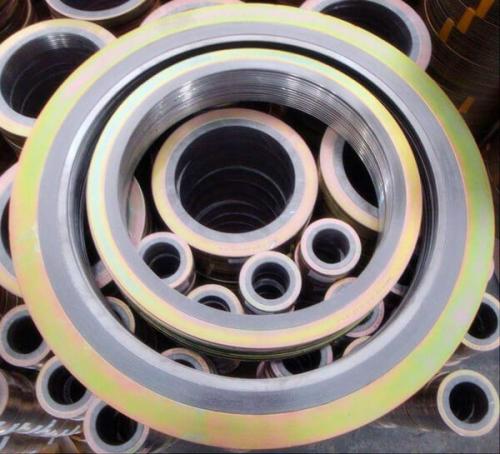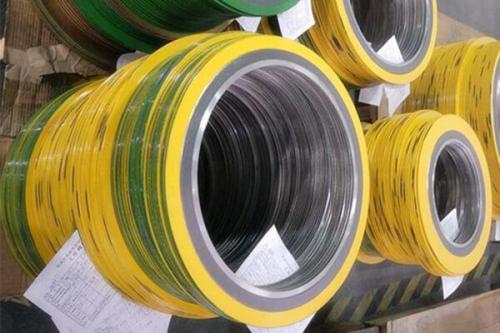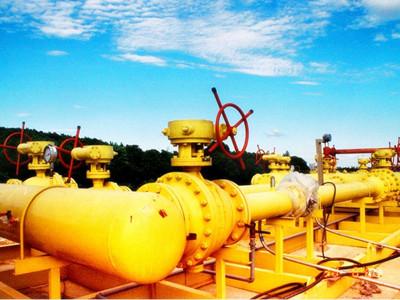The use of stainless steel pipes in seawater
316 stainless steel pipes are widely used in seawater environment, but they have limited corrosion resistance in contact with seawater and cannot resist corrosion in all states. They are prone to local corrosion, mainly of crack corrosion and pitting. This limits their application in the environment in which they are exposed to seawater.
Determine the corrosion resistance of 316 stainless steel pipes in seawater
Many of the workers involved in this area have reported on the factors that determine the corrosion and applicability of 316 stainless steel pipes. These factors work together, mainly including:
The water quality
The velocity
The temperature
Oxygen content
Cathodic protection
The water quality
The amount of chloride varies by region and tide.
Even in a slightly salty water, the chloride content is higher than the amount of water in the water that is a corrosive threat.
Intermittent exposures in sea water, such as tidal zone, corrosion risk would be small, that it may be that the steel surface by water level change happens when effective flushing effect.
However, if the chloride is concentrated in wet and rainy conditions, evaporation of water in the spray area increases the risk of corrosion.
It is important not to expose seawater to the stainless-steel pipes. The stainless steel pipe section dealing with seawater may be damaged in the short term.
Free drainage surface and avoid horizontal pipe movement are important for the successful use of 316 stainless steel pipes in contact with seawater. If the piping system USES seawater for water pressure tests, the test must be drained and washed immediately, or it will corrode the 316 system.
The velocity
Higher velocity is desirable (generally greater than 1 m/s). Slow moving water helps biopollution, and then leads to protection or crack corrosion. Be sure to avoid stagnant water.
Increasing the flow rate reduces the risk of corrosion, so it is perfectly possible to use 316 stainless steel pipes in water, such as pumps.
The water temperature
Crack corrosion increases with temperature, so it is not recommended for steel to contact hot water. The northern European waters are about to reach the maximum temperature at room temperature of 316 stainless steel pipes, even if other conditions are favorable.
Stress corrosion cracks are usually not considered under the use of 316 (however, higher temperatures may lead to crack corrosion and pitting).
Oxygen content in water (except gas)
Stainless steel relies on oxygen to maintain its passivation, whereas oxygenated water is more corrosive than air.
It has been found that very low oxygen levels, such as those in the sea about 200 meters deep, are very aggressive. This reduces the rate of erosion.
Cathodic protection
Cathodic protection is used in electrology, by means of contact with the weak and weak metal including carbon steel and aluminum.
Direct contact with these metals, at the expense of other metals, will help improve the corrosion resistance of 316 stainless steel. While stainless steel is beneficial, it should also be considered that the overall durability of the products involved in this combination may be reduced.
Cracking (surface level and cleaning after processing)
The crack and the related etching mechanism are local corrosion, usually the cause of damage when 316 stainless steel pipes work in seawater. They can happen in the following process:
Design geometry (point or groove)
Flange seams with gaskets
Mechanical fastening system
Intercrystalline corrosion can be detected in 316 stainless steel pipes in seawater after the laboratory sensitization (heat treatment). The use of low carbon 316L, such as 14404 or 1.4432, should avoid this additional corrosion risk in the welding structure.
The surface smoothness of the welding quality and the precision of steel are the important reasons for the successful application of 316 stainless steel pipes in seawater, which may be more important, such as the actual chlorine content. Smooth, clean and smooth seams are good for corrosion resistance of steel.
Source: China Steel Pipe Manufacturer - Yaang Pipe Industry Co., Limited (www.yaang.com)
Determine the corrosion resistance of 316 stainless steel pipes in seawater
Many of the workers involved in this area have reported on the factors that determine the corrosion and applicability of 316 stainless steel pipes. These factors work together, mainly including:
The water quality
The velocity
The temperature
Oxygen content
Cathodic protection
The water quality
The amount of chloride varies by region and tide.
Even in a slightly salty water, the chloride content is higher than the amount of water in the water that is a corrosive threat.
Intermittent exposures in sea water, such as tidal zone, corrosion risk would be small, that it may be that the steel surface by water level change happens when effective flushing effect.
However, if the chloride is concentrated in wet and rainy conditions, evaporation of water in the spray area increases the risk of corrosion.
It is important not to expose seawater to the stainless-steel pipes. The stainless steel pipe section dealing with seawater may be damaged in the short term.
Free drainage surface and avoid horizontal pipe movement are important for the successful use of 316 stainless steel pipes in contact with seawater. If the piping system USES seawater for water pressure tests, the test must be drained and washed immediately, or it will corrode the 316 system.
The velocity
Higher velocity is desirable (generally greater than 1 m/s). Slow moving water helps biopollution, and then leads to protection or crack corrosion. Be sure to avoid stagnant water.
Increasing the flow rate reduces the risk of corrosion, so it is perfectly possible to use 316 stainless steel pipes in water, such as pumps.
The water temperature
Crack corrosion increases with temperature, so it is not recommended for steel to contact hot water. The northern European waters are about to reach the maximum temperature at room temperature of 316 stainless steel pipes, even if other conditions are favorable.
Stress corrosion cracks are usually not considered under the use of 316 (however, higher temperatures may lead to crack corrosion and pitting).
Oxygen content in water (except gas)
Stainless steel relies on oxygen to maintain its passivation, whereas oxygenated water is more corrosive than air.
It has been found that very low oxygen levels, such as those in the sea about 200 meters deep, are very aggressive. This reduces the rate of erosion.
Cathodic protection
Cathodic protection is used in electrology, by means of contact with the weak and weak metal including carbon steel and aluminum.
Direct contact with these metals, at the expense of other metals, will help improve the corrosion resistance of 316 stainless steel. While stainless steel is beneficial, it should also be considered that the overall durability of the products involved in this combination may be reduced.
Cracking (surface level and cleaning after processing)
The crack and the related etching mechanism are local corrosion, usually the cause of damage when 316 stainless steel pipes work in seawater. They can happen in the following process:
Design geometry (point or groove)
Flange seams with gaskets
Mechanical fastening system
Intercrystalline corrosion can be detected in 316 stainless steel pipes in seawater after the laboratory sensitization (heat treatment). The use of low carbon 316L, such as 14404 or 1.4432, should avoid this additional corrosion risk in the welding structure.
The surface smoothness of the welding quality and the precision of steel are the important reasons for the successful application of 316 stainless steel pipes in seawater, which may be more important, such as the actual chlorine content. Smooth, clean and smooth seams are good for corrosion resistance of steel.
Source: China Steel Pipe Manufacturer - Yaang Pipe Industry Co., Limited (www.yaang.com)




Comments